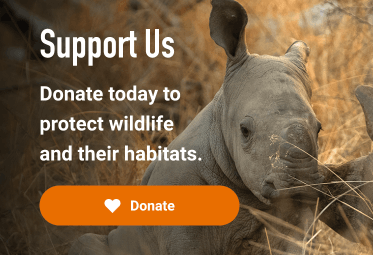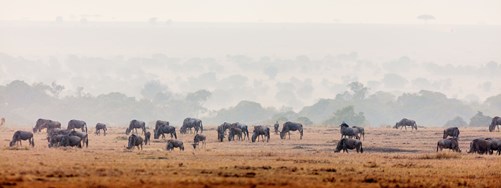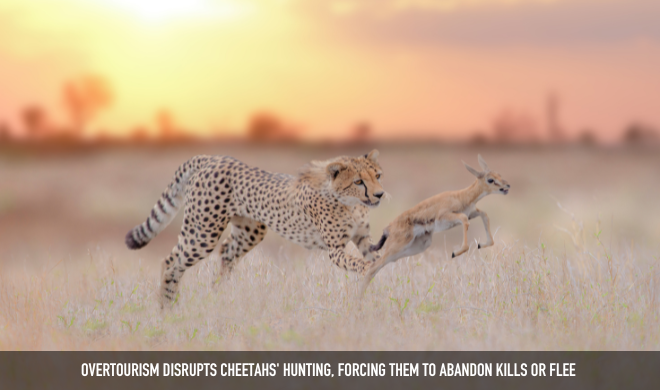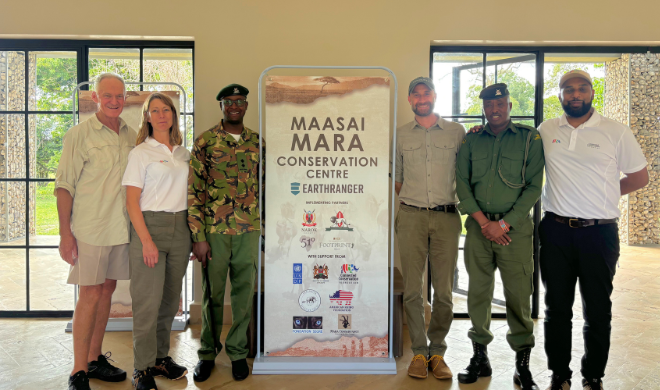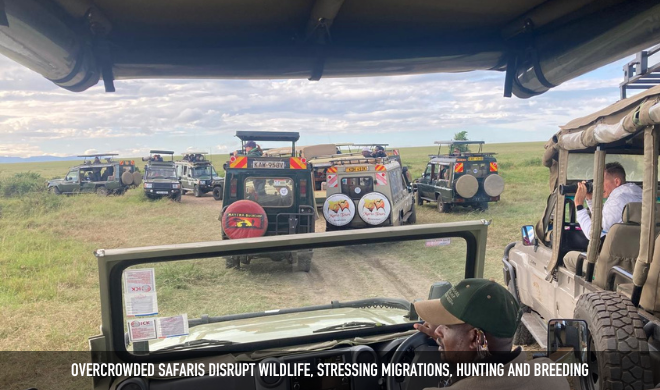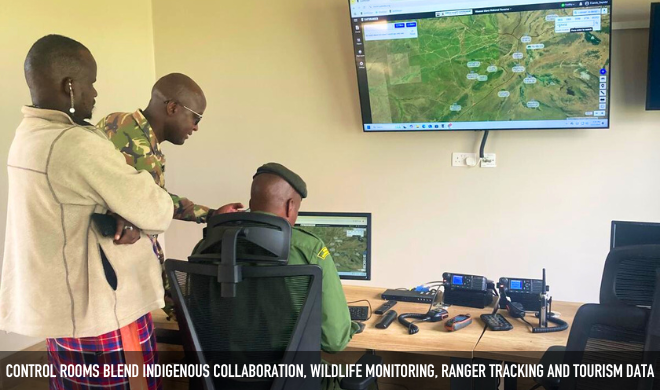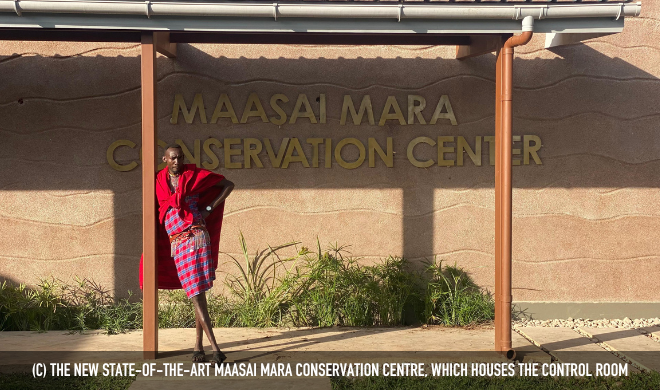LoRaWAN for holistic conservation of the mighty Maasai Mara National Reserve
Partners: The Safari Collection Footprint Trust, Narok County Government, 51 Degrees, Cisco, Actility
Key Species: Eastern black rhino, African elephant, African lion, Wildebeest, Cheetah, Leopard
Deployment: 2025
The Safari Collection Footprint Trust (TSCFT), in partnership with the Narok County Government, has been a trailblazer in sustainable tourism in Kenya, driving initiatives that empower local communities while safeguarding the country’s natural heritage. Together, they are at the forefront of protecting Kenya’s crown jewel—the heart of the greater Mara-Serengeti Ecosystem—through innovative conservation and community-focused programs.
This region's ecological significance is unparalleled, hosting the awe-inspiring Great Wildebeest Migration, where over two million wildebeest and other herbivores traverse the plains from the Serengeti, earning its place as one of the Natural Wonders of the World.
Challenges facing the Maasai Mara
This globally treasured ecosystem is at great risk. Overtourism, poaching, human-wildlife conflict and unregulated livestock grazing threaten the balance between biodiversity and cultural heritage. In 2023, the Narok County Government (NCG) introduced a 10-year management plan to address these challenges. This was the first such collaborative framework in over four decades, outlining solutions to strengthen wildlife protection, regulate tourism and enhance ranger and wildlife welfare.
The Maasai Mara Conservation Centre
A major milestone in these conservation efforts came in October 2024 with the unveiling of the state-of-the-art Maasai Mara Conservation Centre. Developed by the county government in collaboration with The Safari Collection Footprint Trust and 51 Degrees Ltd., the Centre is powered by advanced EarthRanger (ER) software and a cutting-edge LoRaWAN network donated by Cisco, Actility and the Connected Conservation Foundation. This innovative facility is transforming conservation operations in the Mara, seamlessly integrating real-time wildlife monitoring, ranger patrol tracking and tourism management into a single, unified system. By providing unparalleled data and insights, it equips decision-makers to safeguard the reserve’s sustainability like never before.
Tackling over-tourism
With over 300,000 annual visitors, the Maasai Mara's popularity strains its ecosystems. During peak seasons, such as when the Great Migration occurs in the Mara, overcrowding from more than 100 safari vehicles at ecological hotspots disrupts wildlife behaviours, forcing predators to abandon kills or divert migrating herds from traditional routes. Overcrowding at river crossings, particularly along the Mara River, stresses wildlife, putting natural wildlife migration patterns and hunting behaviours at risk.
Cheetahs, face a particular risk from human disturbance. When safari vehicles crowd around these naturally timid cats, they often abandon their kills or flee, expending precious energy and losing critical meals. Research in Kenya’s Maasai Mara savannah reveals the stark impact of high tourist vehicle density: mother cheetahs in these areas raise an average of just 0.2 cubs per litter to independence—less than a tenth of the 2.3 cubs per litter achieved in low-tourism zones.
The LoRaWAN network and LoRa vehicle sensors will help monitor key issues such as vehicle speeding and overcrowding and gather live data on tourist hotspots. This will allow officials to enforce regulations more effectively and deploy anti-harassment rangers, including Mara’s dedicated cheetah unit, to safeguard the reserve’s 61 cheetahs from disturbances. Looking ahead, a long-term plan aims to equip all safari vehicles with removable sensors to track rogue vehicle movement and promote ethical tourism practices.
Protecting grazing rights and promoting coexistence
Rotational grazing has long been a cornerstone of the Maasai pastoralist tradition. It allows them to sustainably manage livestock while sharing natural resources with wildlife. In the Mara, this practice will be enhanced using technology to help better manage communities' access to grazing resources outside the Reserve. The Maasai Mara Conservation Centre further strengthens these efforts by encouraging researchers to share and interpret ecosystem data.
Enhanced Wildlife Monitoring
Protecting species like the Eastern black rhino, native to the Mara and under constant threat from poaching, requires innovative tools. TSCFT in collaboration with NCG, the Kenya Wildlife Service, and the Wildlife Research and Training Institute has equipped 13 rhinos (out of 58) with advanced LoRa sensors, offering a cost-effective, long-lasting alternative to traditional satellite tags. These sensors generate detailed heat maps of rhino movements as they travel vast distances, including across international borders into the Serengeti and Tanzania.
A Vision for the Future
The Maasai Mara’s future depends on continued collaboration, innovation and responsible stewardship. Supported by partners like the Connected Conservation Foundation, Cisco, Actility, Fondation Segré, 51 Degrees, The Mara Conservancy, and the American Rhino Foundation, alongside others, this initiative underscores the power of collective action with community stewardship.
Impact
- We are excited to see the LoRa network play a pivotal role at the Maasai Mara Conservation Centre, supporting key initiatives outlined in the 10-year management plan, from addressing overtourism to enhancing wildlife monitoring.


